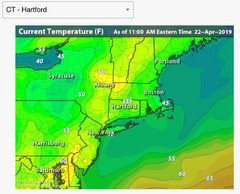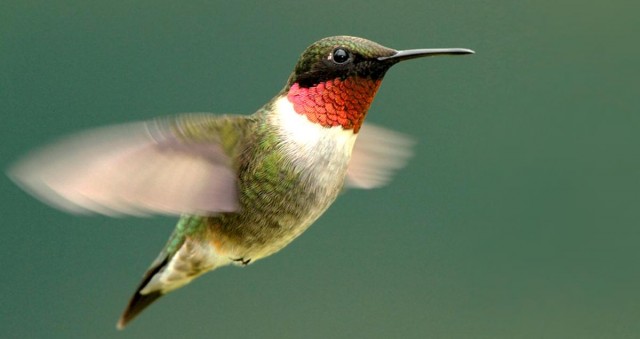

HUMMINGBIRD MIGRATION 2021 PLUS
Plus they have the Gulf of Mexico to contend with.Įven the shortest path over the Gulf is about 600 miles with no place to rest. It’s not quite as far for the Ruby-throated hummingbirds that we have in the east-and into Western Canada as well.īut it can still be a couple thousand miles for them. It’s quite a journey for the Rufous hummingbirds that start from Alaska-travelling around 4,000 miles or 6,000 kilometers over the course of a few weeks. The Great Journey South The 6,000 km Journey South As those natural resources wane, it’s time to fly! Best Hummingbird Feeder The main staple of a hummingbird’s diet is protein-rich invertebrates likes insects, spiders, and various larvae along with nectar from natural sources. The main staple of a hummingbird’s diet is protein-rich invertebrates. Today, it’s felt that providing this supplemental food source simply helps them fuel up for their journey and will not delay them.

This has more on feeding hummingbirds in fall. Will feeding hummingbirds in fall delay migration?įor years it was believed that providing nectar (sugar water) feeders (or birdseed for other migrating birds) may be harmful in autumn, enticing the birds to stay on until it’s too late to head south. While some hummingbirds in the Western United States do not migrate, most of our ruby-throated hummingbirds will make the long trek south every fall-starting around Labor Day in early September-all the way to Mexico and Central America, where food will be much more abundant over the winter.įor us in southwestern Ontario, the last ones pass by in mid-October, just ahead of first frosts. Over-winter and year-round hummingbird sightings: Let’s look at their fall feeding habits, what we can do, and where they go at this time of year. It not easy to track these birds-especially during the fall migration-but, from what we know, they do not necessarily take the same route south in fall that brought them north in spring-that’s why there is no tracking map. It’s always bittersweet to say farewell but their return in the new year is a most welcome sign of spring. Unless we see hummingbirds every day in the garden, we may not notice they have left until many days or weeks of absence. This may be during August, September, October, or November, depending on location. When they go will depend on where you live and how far they have to go. Fall MigrationĪfter spending the summer mating season in northern areas, with winter looming, late summer and fall is the time for hummingbirds to make the long journey south once again. The hummingbird migration map here is handy for knowing arrival dates each year. It’s quite a feat for a tiny bird on its own. Plenty of hummingbirds may pass through our area and a few will stay and raise their young.Īnd, while we think of migrations as flocks, hummingbirds travel solo. Where we live in Ontario, Canada, the first spring arrivals appear in late April and early May.

One day you think, I haven’t seen one in several days or more-and at some point realize they must have moved on. Unlike the spring migration where you start noticing hummingbirds in the garden, their departure in fall takes observations over time. Others make the journey north to spend the summer in various parts of the United States and Canada. Some hummingbirds in warmer climates never migrate for mating season.

Hummingbirds are found in the Americas all the way to Alaska, through parts of Canada and the United States, to the southern tip of South America, and the Caribbean as well. With the change of the seasons, their primary food sources-bugs for protein and flower nectar for carbs-become scarce and that signals it’s time to head to warmer regions. It depends entirely on their summer location and how far they have to go. When do hummingbirds start making their journey south for the winter?


 0 kommentar(er)
0 kommentar(er)
